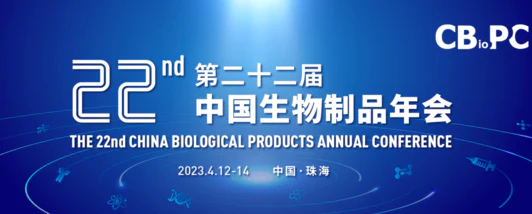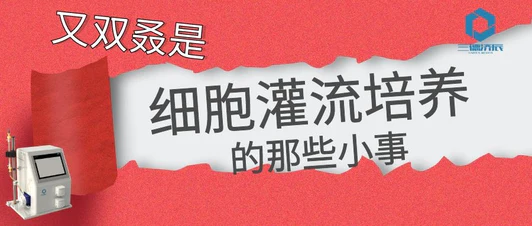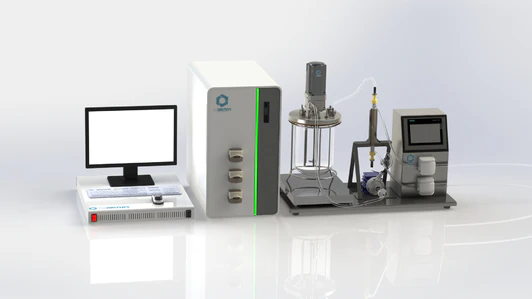In recent years, with the rapid development of the biopharmaceutical industry, the therapeutic biologics market has been expanding consequently, and by the end of 2021, it will have exceeded $200 billion. In this huge market, the modification of proteins by mammalian cells has a large advantage over other microorganisms, so the development of animal cell culture processes is particularly important.
The quest for high-quality, high-yield, low-cost production processes has become a goal of the biopharmaceutical industry. Among them, the development and optimization of perfusion culture process has become the current research hotspot of mammalian cell culture process.
Table 1 Characteristics of commonly used mammalian cell culture processes [1]
The mainstay of currently marketed products is still Fed-Batch flow-adjuvanted cultures, but perfusion processes, whether at laboratory scale, clinical scale, or commercial production, are gradually replacing the traditional replenishment culture method.
The advantages of perfusion culture are that it maintains a relatively constant volume, it is a continuous replenishment and harvesting process, it can maintain a relatively long incubation time, and it has a lower average cost due to the high efficiency of obtaining high quality products.
The disadvantage is that it is more complicated to operate, and at the same time, it needs to be equipped with special devices and equipment. For example, the TFF equipment we are currently providing is a tangential flow filtration system for cell perfusion culture in conjunction with our partner Asahi Kasei's hollow fiber products.
Characteristics of perfusion culture
Commercialized production: Currently, the size of bioreactors commonly used for rechargeable culture is 2000L-20,000L, but for perfusion culture 50-2000L can meet the demand of commercial production.
Response volume: At present, due to the limitation of technology and material, the disposable bioreactors are generally up to 2,000L, and more than 2,000L usually use stainless steel bioreactors. However, for perfusion culture, the existing scale of disposable bioreactors can meet the needs of perfusion culture.
Operation time for a single batch : refill cultures are about 2-3 weeks, while perfusion cultures are usually in the range of 1-2 months.
Running batches: due to the longer running time of a single batch, the number of batches run per year is only 1/3-1/2 of that of the repletion culture. repletion culture does not currently provide the stage of a steady-state culture, and repletion culture provides the stage of a steady-state culture, which we will describe in the explain in detail in the next issue.
Cell density: In terms of cell density, perfusion culture also has a very big advantage, at present, the usual cell density of the recharge culture is 10^7, and the cell density of the perfusion culture even reaches the maximum of 10^8. However, in terms of the requirement of the medium, the requirement of the medium for perfusion culture is more complicated. However, in terms of medium requirements, perfusion culture has more complicated medium requirements.
In addition, the yield of perfusion culture in a single run can reach 5-20 times of that of replenishment culture; and the consistency of product quality of perfusion culture is also better than that of traditional replenishment culture.
From the cost point of view, the cost of perfusion culture is much lower than that of supplemental culture.
References:
1. Qiongqiong Zhang, Mingyue Fang, Junjie Chestnut, et al. Development and optimization of mammalian cell perfusion culture process. Journal of Bioengineering, 2020,36(6):1041-1050








